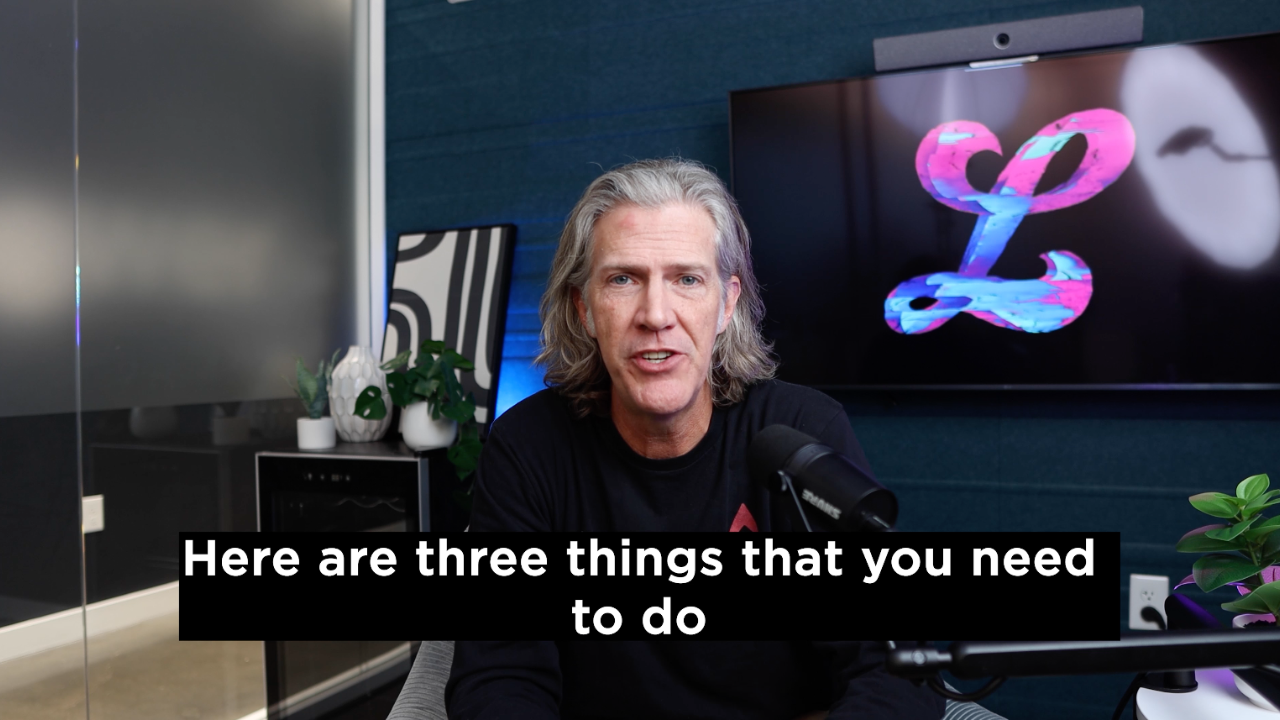Refinancing defined
Home refinances come in two main varieties: Rate-and-term and cash-out. Knowing the difference will allow you to better select the type that’s right for your circumstances.
There are two common variations on refinancing you’ll need to know about: Rate-and-term refinancing, and cash-out refinancing. Here’s how they differ:
Rate-and-term refinance
In this type of refinancing, you’ll change either one or both of two variables: the interest rate and the term (length) of your loan. For example, let’s say you started with a traditional 30-year mortgage with a 6 percent interest rate. Years later, interest rates decrease, and you find you have the opportunity to seize upon a new rate of 4 percent.
A rate-and-term refinance provides options for tackling this scenario. You might refinance for a new loan with the same term as your old loan (30 years), but with the new interest rate. This would start a new 30-year payoff period for the remainder of what you owe on your mortgage, but with substantially reduced monthly payments due to the decreased amount and lower rate.
Alternatively, you could seize upon the new rate while also switching from a 30-year mortgage to a 15-year mortgage. By condensing the remainder of your loan into a shorter term, you would normally see a significant increase in your monthly payment, but in this case that will be offset by the lower interest rate. Your monthly payment might increase a bit, but you benefit from the shortened term, which allows you to pay off your home faster.
Cash-out refinance
A cash-out refinance may also feature a shorter term or lower rate, but its main feature is an increase in the principal owed on the mortgage—which you receive as the “cash out”.
Cash-out refinancing arrangements are often used as a way to convert home equity.
Let’s say you started out with a $300,000 mortgage, of which you’ve paid off $150,000 so far. That means, if your property value has held up, that you have at minimum $150,000 in equity built up. You can convert a portion of this to cash with a cash-out refinance.
To get $50,000 of that equity as cash, you would take out a new mortgage for $200,000. $150,000 of that would be the remaining amount you owe from the original mortgage, and you would receive $50,000 as cash. Essentially, you’ve taken a new $200,000 mortgage, paid off the $150,000 you owe from the original mortgage, and have $50,000 as funds you can use.
This is the primary use of cash-out refinances, but you can also make use of them for other purposes, such as consolidating a first and second mortgage. Regardless of your end goal, cash-out refinances represent a risk to the bank, so they come with tougher terms, limitations, and a strict approval process.
The benefits and drawbacks of refinancing
In refinancing your home, you stand to gain, but you also have the potential to lose if you don’t play your cards right. It’s in your best interest to know how.
Now that we’ve answered the “what,” let’s examine the “why” of refinancing. In the case of both rate-and-term and cash-out refinancing, there’s a potential for you to enjoy lower interest rates on your mortgage. Combined with a more favorable term, this could reduce your monthly payments. Alternatively, if you’re looking to get your loan paid off quicker (saving you money on long-term interest payments), rate-and-term refinancing offers an avenue for doing so.
In the case of cash-out refinances, you can use your home equity to cover some major expenses or consolidate debts. You may be able to pay off your credit cards in full with the cash from your equity, and you may even get a tax deduction on that mortgage interest.
What’s more, you can use refinancing as a way to convert an adjustable-rate mortgage to a fixed rate mortgage (and vice versa). It could be the case that the interest rate on your ARM has risen, and switching to a fixed rate would provide you with a lower (and more stable) rate. Conversely, you might find that moving from a fixed-rate to an ARM can get you a lower rate in the short term and set you up to sell your house in the near future.
Refinancing does come with its share of potential drawbacks, however. For starters, while there is a possibility that you’ll enjoy a lower interest rate with a refinance, it is not a guarantee.
Refinancing also brings the risk of increasing the amount of time you’ll be stuck paying down your mortgage (increasing the amount of interest you pay in the long run). You might even end up compounding your financial strain with the closing costs of refinancing, which usually run from 3 to 6 percent of your principal. It can take years to regain that money, so if you don’t plan on staying in your home long-term it’s not a financially sound decision.
Finally, if you’re looking to refinance as a means of consolidating debt, you’ll need to do so with the intent of altering the behaviors that initially landed you in debt. Otherwise, you’ll end up in a similar situation further down the road.
When is the time right to refinance?
Not sure when to refinance? You’ll want to take several factors into consideration before you go for it, starting with interest rates. Generally speaking, you’ll only want to take a stab at refinancing if you can reduce your rate by at least 1 percent.
The interest rates aren’t the only thing you’ll need to keep in mind, though. You’ll also want to take the closing costs (and whether you can handle them) into consideration. Remember that those fees are often 3 to 6 percent of your principal, which often equates to thousands of dollars. If your accounts aren’t ready for the hit, refinancing might not be the right decision.
Lastly, you’ll want to think about how long you plan on staying in your home while you’re juggling whether or not to refinance. If the savings are substantial and you’ll be in your home long enough to recoup those fees, then refinancing might be the right choice.
You should also be wary of the following reasons for refinancing. They come with increased risk, which you’ll need to weigh against any potential reward:
- Debt consolidation—This can be a beneficial move, but you could face foreclosure if you aren’t able to keep up with your payments.
- Moving to a longer term loan—A longer term might mean you pay more interest in the end. Do your calculations to make sure you aren’t saddling yourself with extra debt.
- Converting an ARM to a fixed-rate loan—Switching from an ARM to a fixed-rate might be a good move, but it might also be a wasted expense if there’s little risk of your loan adjusting and you plan to move to a new home in the near future.
- Using equity for an investment—Making investments is risky enough as it is, and you might be better off just paying down your mortgage as normal. Additionally, taking out cash always comes with the temptation to spend it. If you aren’t financially disciplined, this is an avenue to avoid.
- Chasing a no-cost refinance—The thing to remember about “no-cost” refinancing deals is that they don’t truly exist. There’s always a cost, whether it’s up front or made up in interest over time, so if you can’t shoulder the expense, you shouldn’t be looking to refinance your home.
6 tips for your refinance
If you want to make the most of a home refinance, you’ll need to pair good timing with sound strategies and as much information as you can gather.
If there’s one thing to remember about refinancing, it’s that everything hinges upon your home appraisal. If your home’s value is too low (i.e., you’re underwater on your mortgage) you won't be able to refinance. To optimize your refinancing situation, you’ll want to know how to prepare your home for appraisal and time things so your potential home value is at its maximum.
The refinancing process in a nutshell
Refinancing is a complicated process, but it can be manageable if you have a good idea of what you’re after in a new mortgage.
By and large, refinancing begins with establishing your end goal. Do you want to shorten the term of your loan? Reduce your monthly payments? Once you know exactly what you’re after, then the other pieces of the puzzle can fall into place. Here’s a general breakdown of your next steps:
- Check your credit score to ensure you qualify for the best rates
- Determine how much home equity you possess
- Comparison shop for the best rates and lowest fees
- Apply for your new mortgage
- Prepare for your home appraisal
- Close on the deal
And with that, you’ll have refinanced your home. Once the process is complete, you’ll want to stay proactive about your loan. Keep your paperwork in a safe location you can access readily if the need arises, stay on top of your payments, and keep an eye out in case your loan is resold, as you’ll have to make payments to a different company at that point.
A final word
What refinancing your home means depends upon your goals, but if you keep those goals squarely in mind and plan accordingly before you jump in, refinancing can be a great benefit to you and your family. Remember that refinancing makes sense if it lowers your mortgage payment, reduces the term of your loan, or gives a leg up in building equity.
If you're interested in refinancing, just get in touch. We'll run the numbers for you.

















.svg)

.svg)

















